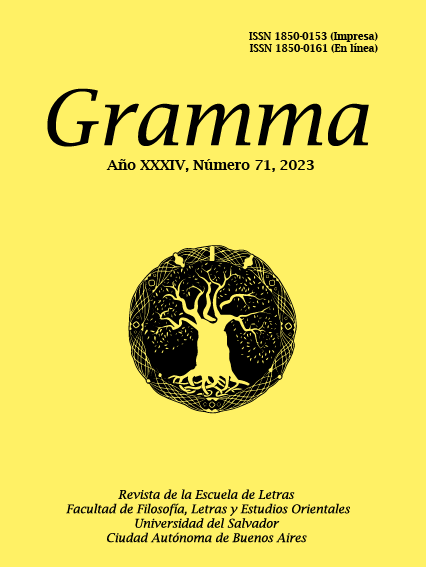Horror epidemic: Cruelty and “inhumanity" in "The Intercessor” of "The invisible spheres" by Diego Muzzio
Keywords:
Horror, uncanny, political violence, psychic violence, gothicAbstract
Horror looks like a constitutive element in DiegoMuzzio’s narrative. Uncanny interweaves in Las esferas invisibles’s nouvelles with a stressed society, devastated by 1871 plague and the Paraguayan War. Our presentation proposes itself as a quest of Muzzio’s narrative strategies in order to representhorror which originates from the confrontation of human beings with unknown and irrationality, with daily death fear. We will investigate the rhetorical instruments through which the author settles close relationship between physical horror and psychic one. The first come, generally, from a political and social context wherethe characters and the facts take place: second ones are related with death seen as spectacle. To this complex representation of horror, it must be added, as a discourse strategy, many intertextualities which many times deal with horror. Our approach will put focus on “El intercesor”.Downloads
Published
How to Cite
Issue
Section
License
Works published in this journal are licensed under a Creative Commons Attribution-NonCommercial-
Works published under this licence may be shared, copied and redistributed in any medium or format. Adaptation, remixing, transformation and creation are also authorised. Both sharing and adapting are permitted as long as credit is given to the work appropriately, providing a link to the licence and indicating whether changes have been made. Commercial use of the material is also not possible.








